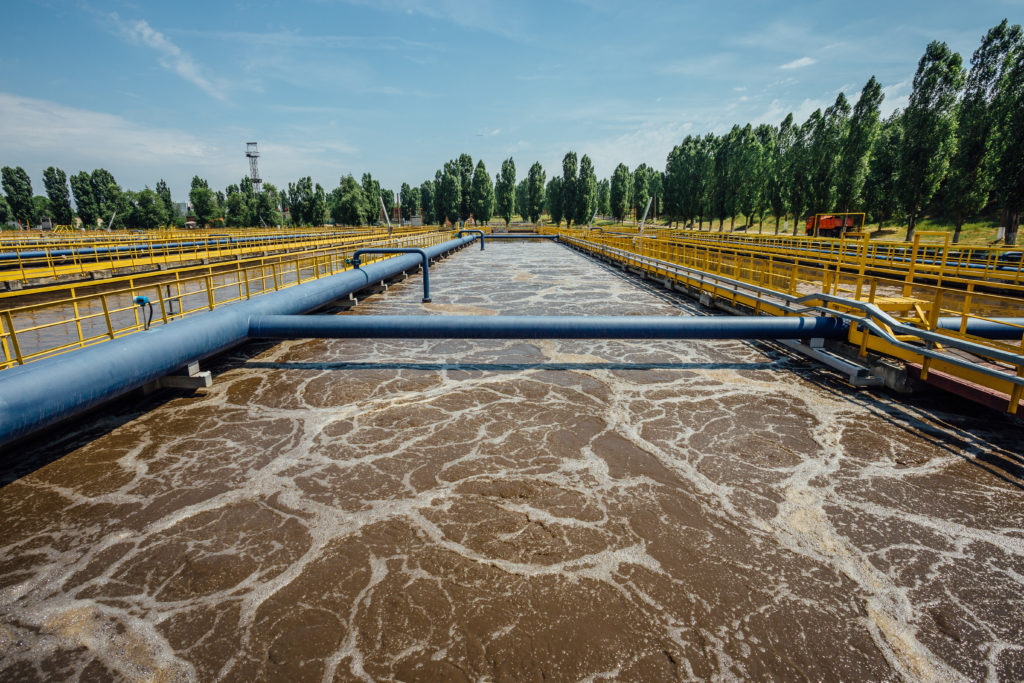Industrial Wastewater Treatment
Wastewater Treatment for Manufacturing and Industry
As water becomes scarcer and environmental regulations tighten, many facilities are seeing greater scrutiny on their water before discharging. Whether the water is being discharged to a municipal treatment plant, a river, or treated for reuse, the importance of being able to remove contaminants from water (or water from contaminants through dewatering) in a cost effective manner is becoming increasingly important. Industrial wastewater treatment for manufacturers can vary depending on the processes which generate the wastewater, and often include multiple treatment steps to achieve the best results. FCT Water’s industrial wastewater treatment process includes a comprehensive system audit to determine the most effective treatment plan for your water.

What is Wastewater?

Preparing Water for Re-use or Safe Discharge
Several steps are often required to treat wastewater to acceptable discharge levels, though exact treatment methods will depend on the precise chemistry of the wastewater.
Primary Phase: Pre-treatment and Solids Removal
Industrial wastewater treatment often begins with equalization, followed by a pre-treatment step for solids removal. This is an especially important step for industrial water, since many manufacturing processes release a significant amount of suspended solids into water. This pre-treatment step could include the settling of solids through clarification, or the floating of solids through Dissolved Air Flotation (DAF)—in both scenarios it may be important to add a coagulant and a flocculant to achieve desired results.
Secondary Phase
After this pre-treatment step the water is then ready either for discharge to the municipality or additional treatment in what is called the secondary treatment phase. Secondary treatment can vary widely, but is typically some form of biological process optimized to remove the remaining contaminants, typically BOD and remaining nutrients that are above discharge levels.
Sludge Management
Tertiary Phase: Sterilization
The final step in the process is tertiary treatment, which is the disinfection stage in which the water is sterilized often times using bleach or UV. The water is now ready for discharge or re-use.
